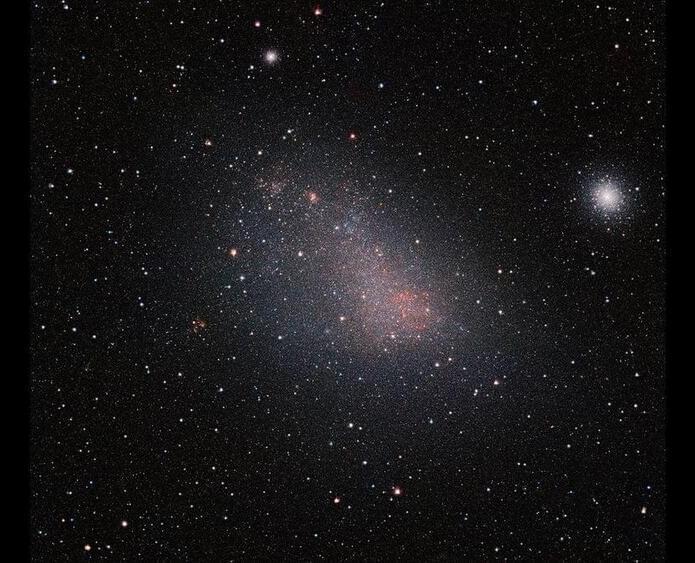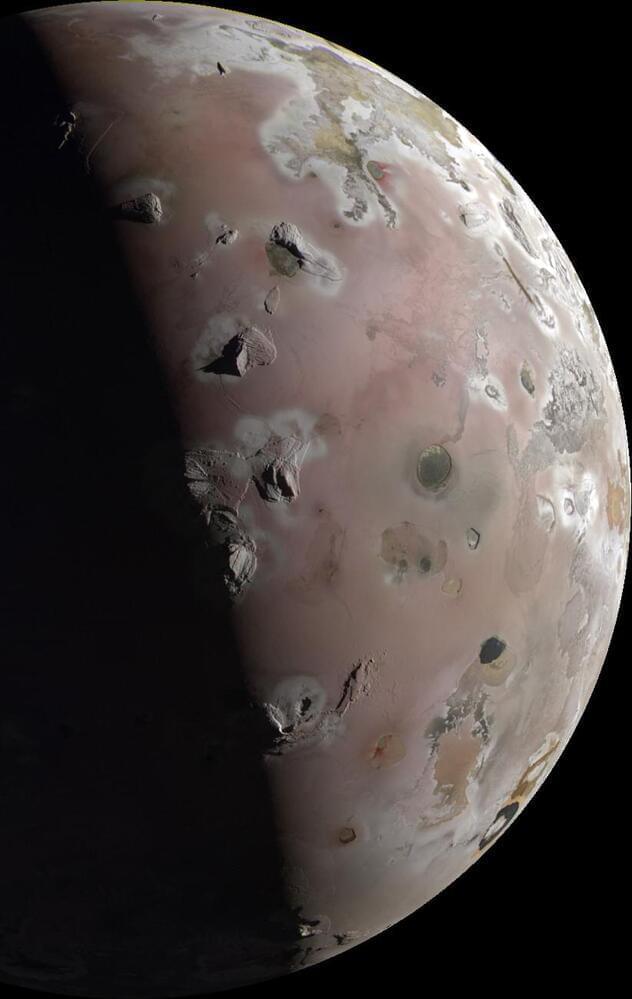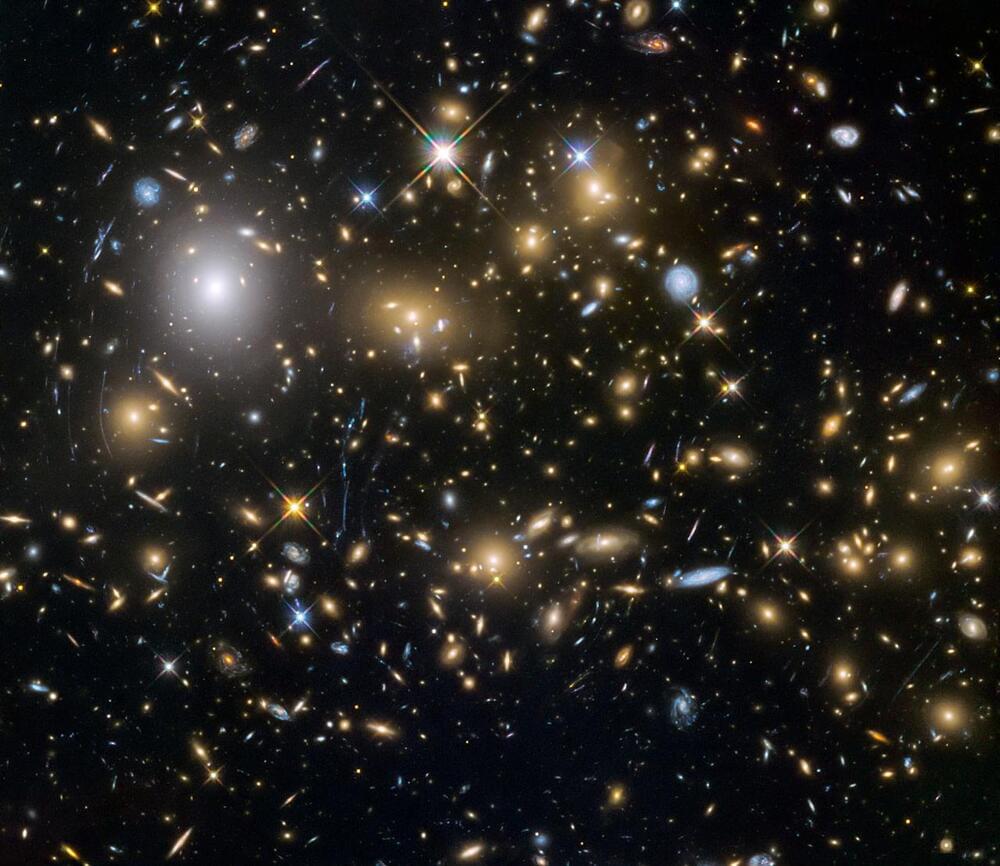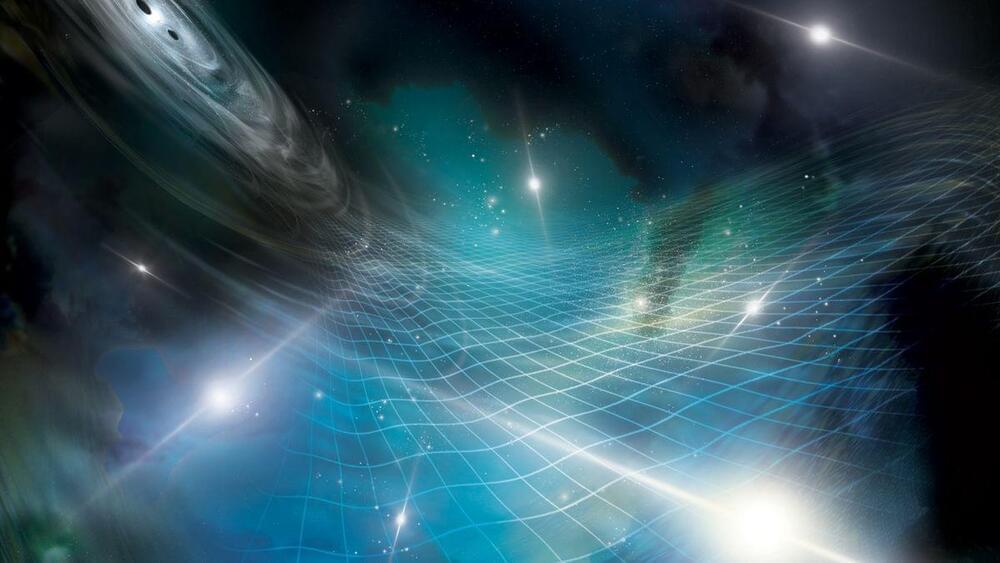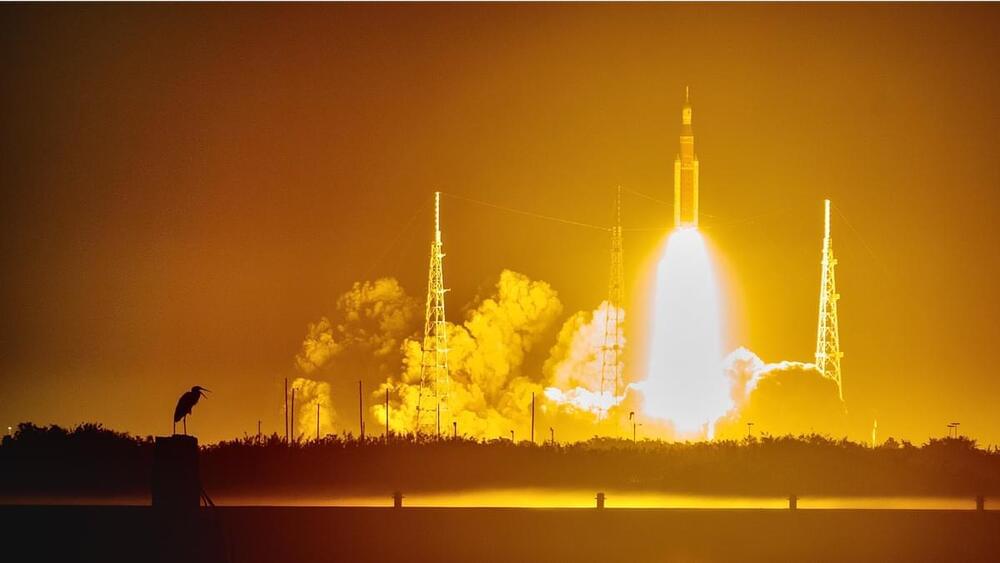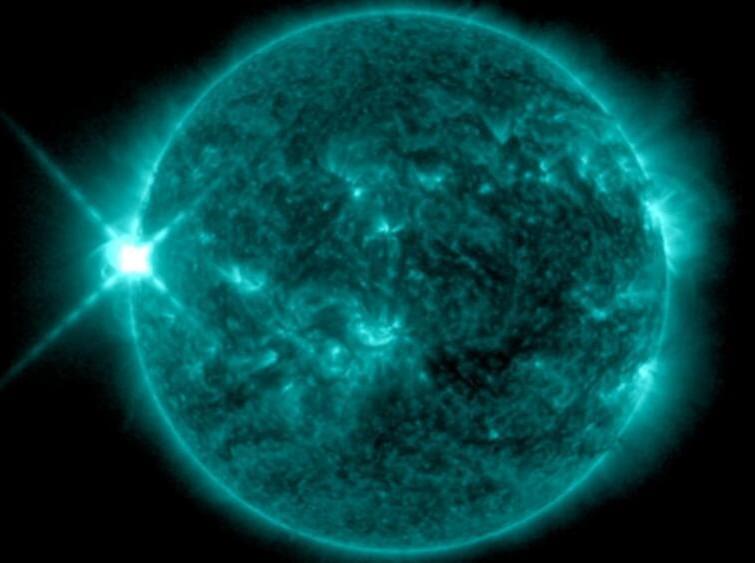
Earth will be struck today by a coronal mass ejection from a huge solar flare that erupted from the sun on New Year’s Eve.
The New Year’s Eve flare created a CME, a huge bubble of plasma from a region of the sun called the corona, which is equivalent to the sun’s outer atmosphere, and this has an Earth-directed component. Though this massive ejection of plasma will only graze the magnetic bubble surrounding our planet Tuesday (Jan. 2), the magnetosphere, it could trigger a geomagnetic storm that could affect communications and power infrastructure.
The coronal mass ejection CME was hurled into space by an X-class solar flare that burst from the surface of the sun at 4:55 p.m. EST (2155 GMT) on Sunday (Dec. 31). It is the most powerful flare that has happened on the sun during the current solar cycle, solar cycle 25, which began in Dec. 2019. In fact, the flare that ended 2023 with a bang is the largest that has been observed since Sept. 10, 2017, according to the Space Weather Prediction Center of the National Oceanic And Atmospheric Administration (NOAA).
